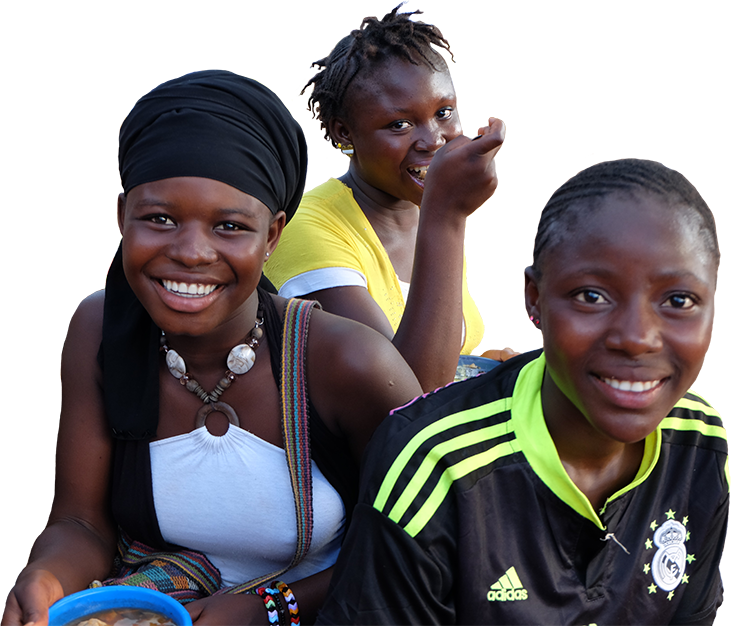Nutrition services typically do not prioritize adolescents and adolescent-friendly health services rarely include nutrition. Nutrition services need to be responsive to adolescents’ unique needs and priorities and address the barriers they face in accessing services. Programs must consider the diversity of adolescents’ situations and experiences, as well as the varied social norms and expectations of adolescents in the family and community. The Adolescent Nutrition Resource Bank includes guidelines and tools used in nutrition services for adolescents.If you have relevant service delivery documents or tools, please send them to info@advancingnutrition.org.
We found 136 resource(s)
Bridging the Gap: Engaging Adolescents for Nutrition, Health, and Sustainable Development
Technical Report published by WFP in
This report summarizes the results of a study of adolescent nutrition conducted in Kenya, Uganda, Guatemala, and Cambodia on the role of adolescents in family health and nutrition. The report recommends that adolescent nutrition programs incorporate and adapt to the complexities of adolescents' lives and engage adolescents in the design,…
Nutrition in Middle Childhood and Adolescence
Landscape Analysis published by World Bank in
This paper describes adolescent nutrition as a neglected area of research and programming globally. It concludes that integrated adolescent health programs to prevent infection, improve diet quality, and encourage physical activity are necessary to reduce deficiency-related malnutrition while preventing overweight and obesity.
Feed the Future Project Design Guide for Youth-Inclusive Agriculture and Food Systems: Volume II - Implementation
Guideline/Guidance published by USAID in
Volume II of this two-part Feed The Future Project Design Guide for Youth-Inclusive Agriculture and Food Systems, which is intended for USAID staff and implementers, offers implementation guidance for activity-level interventions. The guide discusses how to develop youth-inclusive projects and activities that account for the diversity of the youth…
Standards for Improving the Quality of Care for Children and Young Adolescents in Health Facilities: Policy Brief
Policy published by WHO in
This policy brief describes the standards that provide guidance to health care facilities for improving the quality of maternal, newborn, child, and adolescent health care. The guidance is designed to ensure that the care given to all children and adolescents in health facilities is evidence-based, safe, effective, timely, efficient, equitable,…
Infographic on Standards for Improving Quality of Care for Children and Young Adolescents in Health Facilities
Informational Infographic published by WHO in
This infographic illustrates the eight quality of care standards for children and young adolescents in health facilities. The standards related to improving the provision of care, the experience of care, and creating a child- and adolescent-friendly environment.
OG-IFE Update: Adolescent Services
Training Material published by Emergency Nutrition Network (ENN) in
These slides provide operational guidance on infant and young child feeding in emergencies, with particular emphasis on multi-sector collaboration to improve adolescent services during humanitarian crises.
Adolescent Girls Empowerment Program (AGEP): Nutrition Brief
Training Material published by Population Council in
This project brief describes the impact of the Adolescent Girls' Empowerment Program (AGEP) on nutrition. AGEP enrolled >11,000 vulnderable adolescent girls, approximately half of whom were randomized to receive nutrition training sessions (3 for younger adolescents, 5 for older adolescents) as part of the AGEP curriculum. The intervention…
Guideline: Implementing Effective Actions for Improving Adolescent Nutrition
Guideline/Guidance published by WHO in
This guideline aims to summarize the global, evidence-based recommendations by the WHO to address all forms of malnutrtion in adolescents. It aims to facilitate the implementation of various existing guidelines and to identify gaps in various nutrtion-specific and nutrition-sensitive actions for improving the health and well-being of adolescents.



